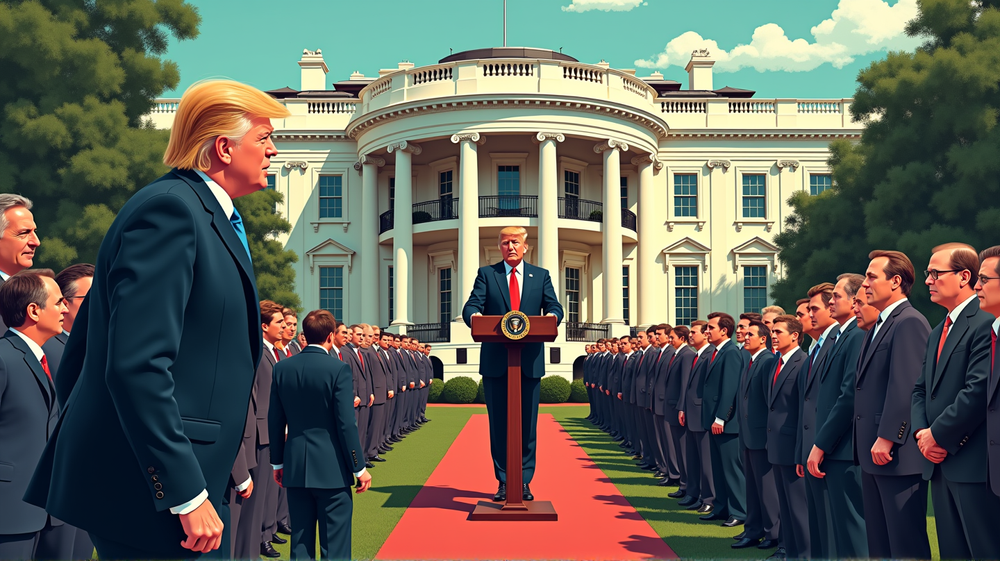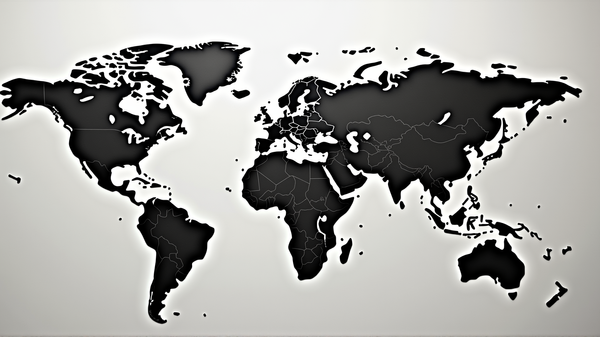19th-Century Trade Tactics: Trump's Bold Tariff Moves Shake Global Markets
In a move reflecting a historical approach to trade, President Donald Trump has announced a sweeping increase in tariffs, echoing the protectionist policies of the 19th century. On April 2nd, from the iconic Rose Garden, Trump declared a 10% tariff on all imports with escalating “reciprocal” rates targeting nations perceived to be unfair in trade practices. According to The Economist, this maneuver significantly impacts the global economic landscape, especially affecting Asia.
A Historical Echo: Protectionism Revisited
This dramatic shift marks a pivotal moment in American economic strategy. Trump’s latest tariff implementation, layered over previously announced duties, constructs an economic fortress reminiscent of protective policies from the late 1800s. Such a strategic insulation move might aim to bolster domestic industries, but it also raises fears of heightening global trade tensions.
The Asian Market: Bracing for Impact
The decision has sent waves through international markets, with Asian economies particularly bracing for impact due to their intertwined trading relationships with the United States. The hefty levies on Asian imports can potentially disrupt supply chains and escalate costs for consumers and businesses alike. Analysts warn that such targeted economic policies could usher in a period of instability, mirroring past economic confrontations.
The Broader Economic Ramifications
As the world watches this recalibration of American trade policy unfold, questions abound about its broader economic implications. Will these rising tariffs curtail economic growth, spark inflation, and exacerbate inequality within the United States? Or can they genuinely fortify America’s economic stance as proposed? The answers remain clouded under layers of economic speculation and geopolitical maneuvering.
The Global Response: Can Free-Trade Survive?
The resilience of global free-trade advocates is now under scrutiny. As international governments assess their counter-responses, the courage and unity of these nations will be crucial in navigating this new trade landscape. The ongoing challenge will be maintaining a balance between protecting national interests and fostering global economic cooperation.
In this unfolding economic narrative, only time will reveal whether Trump’s tariff strategy propels the American economy toward fortitude or fosters a complex web of new economic dilemmas. As stated in The Economist, this bold return to 19th-century trade methodologies could either be heralded as a masterstroke or criticized as a misguided step back in time.




